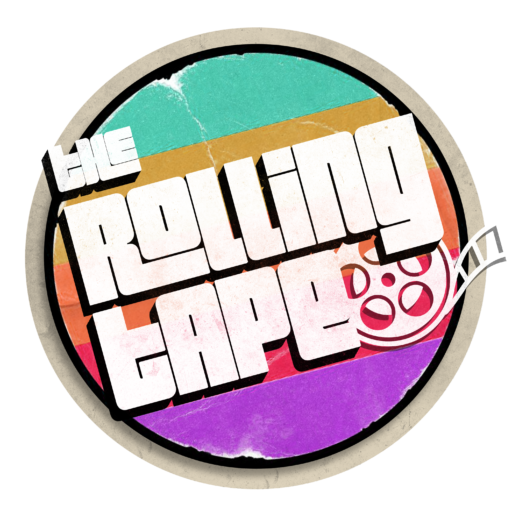The first time many queer people see themselves represented is in the media. For director Sav Rodgers, it was Kevin Smith’s cult classic Chasing Amy (1997). As he discusses in his TED talk, it was the rom-com that saved his life and made him realize he was queer. Years later, it’s the subject of a new documentary that puts the film’s controversial legacy as an LGBTQ+ film — along with Rodgers’ own journey to self-discovery — under the spotlight.
Chasing Chasing Amy sets out to uncover the history of his favorite movie, including interviews from multiple members of the cast and crew. Rodgers explores what it means for Chasing Amy to be considered a queer film despite the backlash it received (and still gets today) for how Amy’s character was written. Rodgers reconciles his lifelong love for the film while searching for deeper truths about himself. The end result is a self-reflexive, profoundly moving documentary that tackles the complex and ever-changing relationship between the LGBTQ+ community and the films that helped raise them.
Opening with an entertaining fast-paced montage of well-chosen archival footage and interviews, Rodgers immediately establishes the questions that Chasing Chasing Amy seems to be searching for answers to. Is it still possible to fully enjoy older media that is now considered problematic? What is the film Chasing Amy truly about in relation to Smith’s own life? And with some clever comic-book-inspired animation to help transition between different stages of Rodgers’ life, the amount of effort that went into the documentary’s visual presentation becomes immediately apparent.
Right before the title drop, Rodgers himself is asked by New York Times film critic Teo Bugbee the question: “Why do you want to make this movie?” It’s a question constantly in flux as we watch Rodgers ultimately answering different questions by the end than those initially posed.
As much as Rodgers is happy to share his love for the 1997 film and how it positively impacted him, visiting filming locations and getting to see Smith’s house, there’s a barrier that he initially keeps up in allowing his story into the documentary. Once Rodgers turns the cameras around, fully integrating his own personal journey of identity and love into the narrative at hand, Chasing Chasing Amy becomes so much more complex, nuanced, and focused in approach.
The number of interviews that Rodgers was able to secure is expansive, with each perspective being equally thrilling and exciting to hear out. Everybody from casting directors and producers to film critics, scholars, and LGBTQ+ directors brings a unique set of viewpoints to the table. We get to hear about everything from the ‘90s explosion of independent filmmaking to Smith’s own relationship with star Joey Lauren Adams — and how their connection served as inspiration for the script of Chasing Amy.
The most shocking and unprecedented moment in the entire documentary comes toward the end when Rodgers interviews Adams: two people brought together by their completely opposite interactions with one piece of art. It’s a vulnerable and harsh moment in which Adams wrestles with the weight of being used as the face of the movie and the lasting truth of her relationship with Smith. It completely shifts the tone of Chasing Chasing Amy into something somber. Self-reflective beyond belief.
Ever since Chasing Amy’s original release over 20 years ago, the lasting impression for many fans has been that it was Smith’s magical way of working through his relationship insecurities with Adams, thus making all of their problems go away. But what about Adams’ story and who she was outside of a man’s perceived image of her? The interview leaves Rodgers as speechless as it does us as the audience. And it’s in this pivotal moment that Chasing Chasing Amy fully becomes an unshakable story of bitter truths and realization, going far deeper than Rodgers himself could’ve ever imagined.
As a tale of self-discovery, coming out, and pure love — all while diving into both the positive and ugly of Chasing Amy’s representation — Chasing Chasing Amy is a must-see documentary. And in the process of making a film heavily grappling with legacy itself, Rodgers carves out a legacy of his own as an impassioned, creative filmmaker to watch.
Review Courtesy of Matt Minton
Feature Image via Tribeca Film Festival

Recent Comments